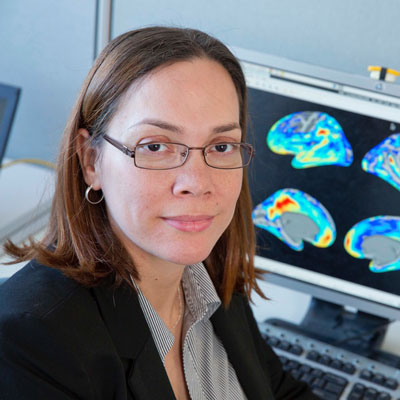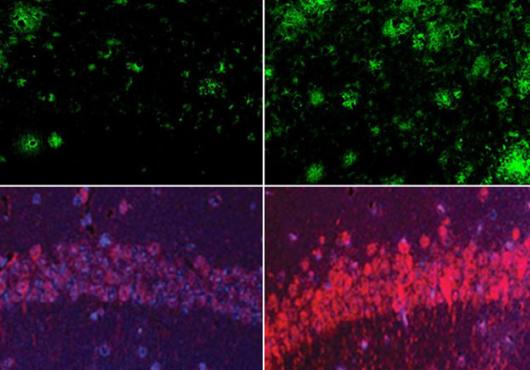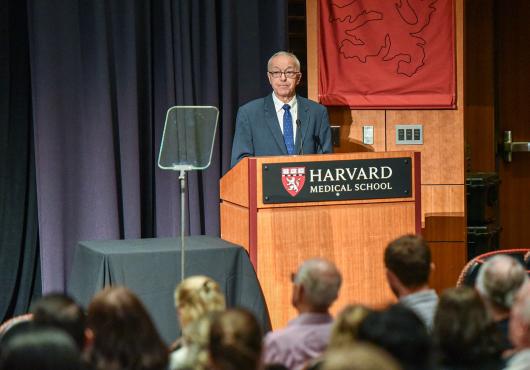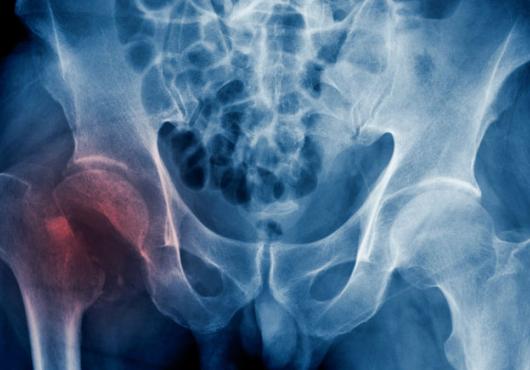
At a Glance:
- Working with an international team, researchers identified a first-of-its-kind patient with a genetic predisposition for early-onset Alzheimer’s disease who remained cognitively intact more than two decades beyond the expected age of memory impairment.
- The case led to the discovery of a protective variant, a pathway for ‘resilience’ to dementia, and the identification of a brain region to target with therapies.
A single unusual patient case can sometimes spark new research questions and provide answers about a disease.
When such a case is identified, investigators often make connections between those questions and answers that can lead to even more powerful and persuasive ideas about cause and treatment.
An international team led by Harvard Medical School investigators at Massachusetts General Hospital and Massachusetts Eye and Ear has done just that. Their collective insights have revealed a new genetic variant that protects against Alzheimer’s disease.
Their work, published May 11 in Nature Medicine, details the case of a patient with a genetic predisposition for developing early-onset Alzheimer’s disease. Despite the elevated risk for early onset, the patient remained cognitively intact until his late 60s.
The newly identified variant occurs in a different gene than the genetic variant from another individual in the same family, whose case was reported in 2019. But the new variant points to a common disease pathway.
Insights from the team’s findings also pinpoint a region of the brain that may provide an optimal treatment target in the future.
“The genetic variant we have identified points to a pathway that can produce extreme resilience and protection against Alzheimer’s disease symptoms,” said co-senior author Joseph Arboleda-Velasquez, associate professor of opthalmology at Mass Eye and Ear.
“These are the kinds of insights we cannot gain without patients. They are showing us what’s important when it comes to protection, and challenging many of the field’s assumptions about Alzheimer’s disease and its progression,” he said.”
The ‘Paisa’ mutation
The case that caught the investigators’ attention involved a family member of the world’s largest-known kindred with a genetic variant called the “Paisa” mutation (Presenilin-1 E280A).
Carriers of this variant usually develop mild cognitive impairment at a median age of 44, dementia at age 49, and die from complications of dementia in their 60s.
Francisco Lopera, director of the Neuroscience Group of Antioquia in Medellín, Colombia, a co-first author of the study, is the neurologist who identified this family and has been following them for the last 30 years.
The same team of investigators previously studied a woman from the same family who remained cognitively unimpaired until her 70s and whose case was reported in 2019.

In the new paper, the investigators described a case of a male carrier of the Paisa mutation who remained cognitively intact until age 67. He progressed to mild dementia at age 72 and died at 74 — decades after most people with the Paisa mutation typically do.
“Extraordinary cases like this one illustrate how individuals and extended families with Alzheimer’s disease can help advance our understanding of the disease and open new avenues for discovery,” said co-senior author Yakeel Quiroz, a clinical neuropsychologist and neuroimaging researcher, an associate professor of psychology, and director of the Familial Dementia Neuroimaging Lab in the Departments of Psychiatry and Neurology at Massachusetts General Hospital.
“The insights we are gaining from this second case may guide us on where in the brain we need to look to delay and stop disease progression and will help us form new hypotheses about the series of steps that may actually lead to Alzheimer’s dementia,” Quiroz said.
“What we have done with the study of these two protected cases is to read Mother Nature,” said Lopera.
“The most exciting thing is that nature has revealed to us both the cause of Alzheimer’s and the cure for it. Mother Nature did an exceptional experiment with these two subjects: it endowed them both with a gene that causes Alzheimer’s and at the same time with another gene that protected them from the symptoms of the disease for more than two decades,” he said.
Lyme Wellness Initiative
Actionable information. Practical support.











